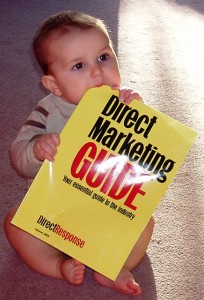 Many small businesses leverage the power of email packages from companies like iContact, Constant Contact and MailChimp. All have robust messages builders, built-in analytics and subscriber feature sets.
Many small businesses leverage the power of email packages from companies like iContact, Constant Contact and MailChimp. All have robust messages builders, built-in analytics and subscriber feature sets.
If you’re like me, you receive emails from clients, partners, colleagues and vendors. There is the invariable newsletter, a big sales announcement or notices of upcoming meetings. But most small businesses don’t leverage the functions in those email systems by creating segments.
Almost every business I speak with has a big list that receives the same email once or twice each month. Consider segmenting your customers and sending regular email through the system.
For example, one client has a great data product that has a daily update. By segmenting the email lists into various customer segments, this company can use the analytics to understand more about their customer behavior.
Other clients can create a newsletter for their customers and easily swap out one or two text blocks for prospects versus customers or non-prospects, non-customers versus those who receive product information. Whether you use Outlook, Gmail or something else, your takeaway as a small business leader is to use your email marketing system’s lists to look at open rates, identify interested prospects and avoid sending that horrible “notify sender when read” message. Segmenting your email addresses is something anyone can do that provides flexibility and tools far beyond your normal email client.